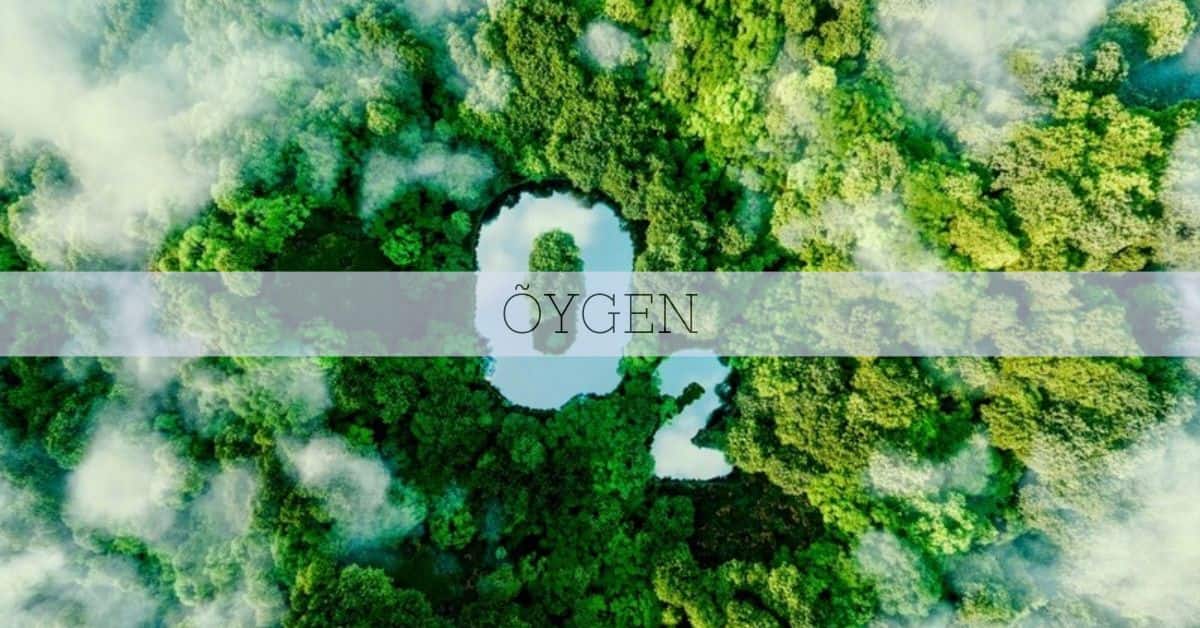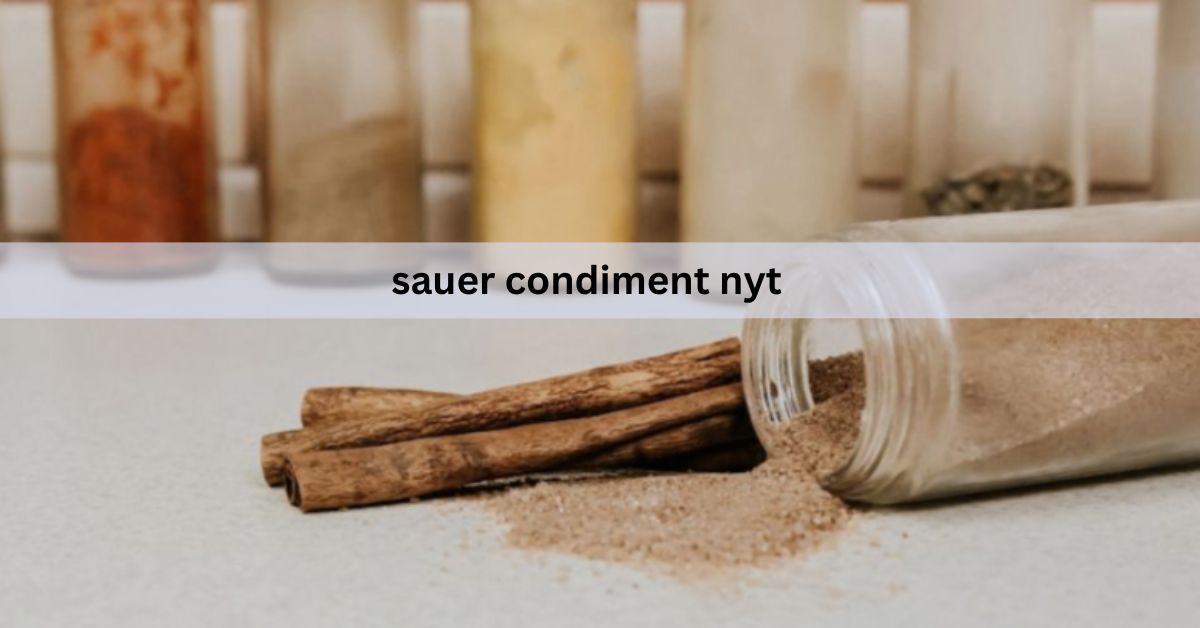Breathing in oxygen feels like a life-affirming embrace every day. It keeps me energized and my mind clear, whether I’m at work or enjoying nature. Understanding its role in my health has made me appreciate each breath even more.
Õygen is vital for life, helping us breathe and stay healthy. It’s a colorless, odorless gas that supports our everyday activities and keeps our bodies functioning. Learn more about oxygen’s importance in health and daily living.
Let’s dive into the world of “Õygen ” — the invisible gas that keeps us alive. Discover why oxygen is crucial for our bodies and how it supports life on our planet. Join us as we uncover the essential role of this vital element.
Why is oxygen essential for human life? – Learn how oxygen keeps you alive!
Õygen is essential for human life because it plays a crucial role in the process of cellular respiration. When we breathe in oxygen, it travels through our lungs into our bloodstream, where it’s carried to every cell in our body.
Inside the cells, oxygen combines with nutrients from food to produce energy through a process called aerobic respiration.
This energy is what powers all the functions of our body, from pumping blood to our heart beating and even thinking. Oxygen helps remove waste products like carbon dioxide from our cells.
Without enough oxygen, our cells wouldn’t have the energy they need to function properly, and toxic waste products would build up, causing harm to our bodies.
This is why oxygen is not just important for staying alive but also for maintaining good health and vitality.
How is oxygen produced on an industrial scale?
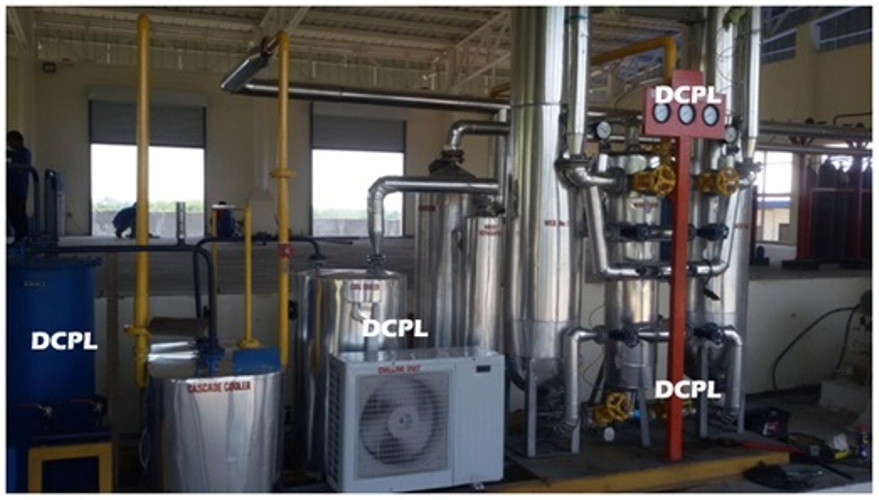
Õygen is produced on an industrial scale primarily through a process called fractional distillation of liquid air. In this method, air is first cooled to very low temperatures until it becomes a liquid. This liquid air is then slowly warmed up in a distillation column.
Because different gasses in the air (like nitrogen, argon, and oxygen) have different boiling points, they can be separated as they boil off at different temperatures.
Õygen, which has a higher boiling point than nitrogen and argon, is collected after these glasses have boiled off.
Another method for producing oxygen industrially is through pressure swing adsorption (PSA). In PSA, air is passed through a sieve-like material that absorbs nitrogen and lets oxygen pass through.
By cycling the pressure in the system, the nitrogen is released from the sieve material and the process repeats, allowing continuous production of oxygen.
Both of these methods are crucial for providing the large quantities of oxygen needed for medical, industrial, and scientific applications.
Read: Forged In Shadow Torch Mystery Shard – Curiosity And exploration!
What role does oxygen play in photosynthesis?
Photosynthesis is a vital process in which plants, algae, and some bacteria use sunlight to convert carbon dioxide (CO2) and water (H2O) into glucose (a type of sugar) and Õygen (O2).
This process occurs primarily in the chloroplasts of plant cells, where chlorophyll (a green pigment) absorbs sunlight and initiates chemical reactions. During photosynthesis, sunlight energy is used to split water molecules into Õygen, hydrogen ions (H+), and electrons.
The oxygen atoms from water molecules combine to form molecular oxygen (O2), which is released into the atmosphere as a byproduct. This oxygen is the same vital gas that animals, including humans, breathe to support aerobic respiration.
How does oxygen contribute to environmental cycles like the water cycle?
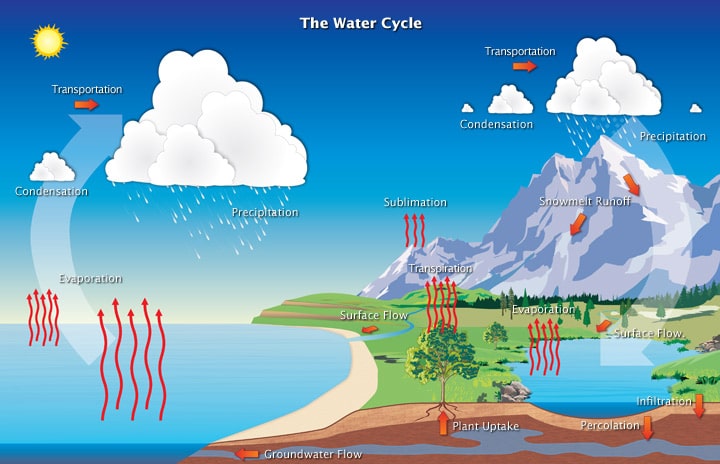
- Photosynthesis: Õygen is produced as a byproduct during photosynthesis in plants. Plants use carbon dioxide (CO2) and water (H2O) with sunlight to produce glucose (C6H12O6) and oxygen (O2).
- Respiration: Animals and microorganisms use oxygen for respiration, converting glucose and oxygen into carbon dioxide (CO2) and water (H2O). This releases carbon dioxide back into the atmosphere for plants to use in photosynthesis.
- Aquatic Ecosystems: Dissolved oxygen in water is essential for aquatic organisms like fish and plants. Photosynthesis by aquatic plants also contributes oxygen to water bodies.
- Atmospheric Balance: Õygen in the atmosphere supports the breakdown of pollutants and regulates atmospheric chemistry, contributing to overall environmental balance..
How does oxygen therapy help patients with respiratory issues?
Oxygen therapy is a medical treatment that involves delivering higher concentrations of oxygen to patients who have respiratory issues. The goal is to increase the levels of oxygen in their blood and tissues, which can significantly improve their breathing capacity and overall health.
For patients with conditions like chronic obstructive pulmonary disease (COPD), pneumonia, or acute respiratory distress syndrome (ARDS), their lungs may not be able to efficiently extract enough oxygen from the air they breathe.
This can lead to symptoms like shortness of breath, fatigue, and difficulty performing daily activities.
By administering supplemental oxygen through various devices such as nasal cannulas, masks, or ventilators, healthcare providers ensure that the patient receives adequate oxygen to meet their body’s needs.
This reduces the strain on the heart, improves oxygen delivery to vital organs like the brain and heart, and enhances the overall function of the body’s cells.
What Are The Safety Measures When Handling Pure Oxygen?
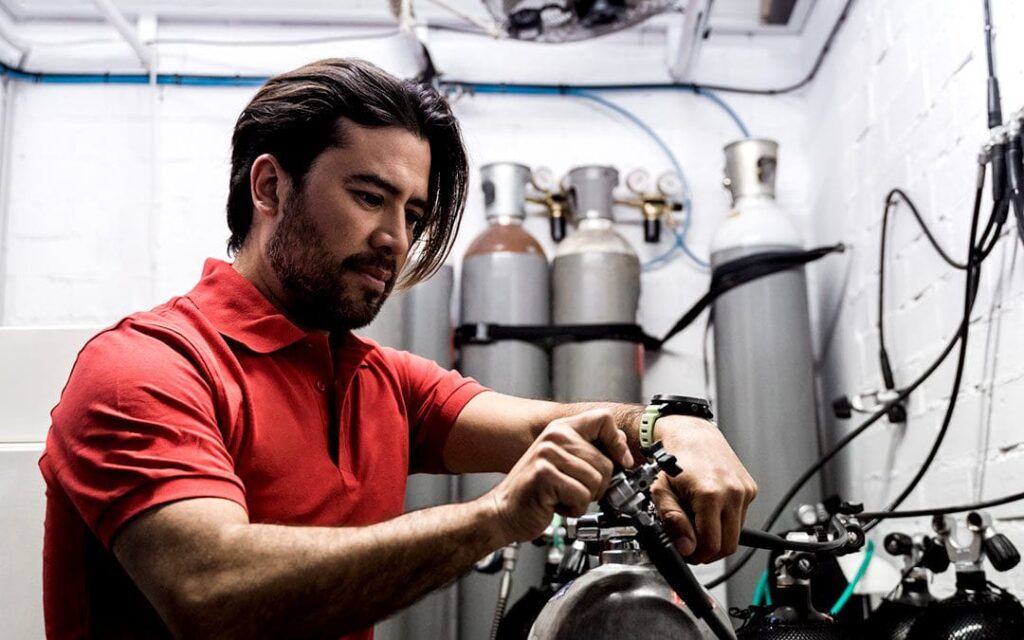
- Ventilation: Ensure adequate ventilation to prevent oxygen buildup, which increases fire risk.
- No Ignition Sources: Keep away from flames, sparks, or heat sources as oxygen accelerates combustion.
- Compatible Materials: Use materials approved for Õygen service to prevent ignition or explosion.
- Regulators and Valves: Use regulators and valves designed for oxygen to control pressure and flow safely.
- Storage: Store oxygen tanks upright and secure to prevent tipping or damage.
- Handling: Handle tanks and equipment carefully to avoid physical damage or leaks.
- Labeling: Clearly label oxygen cylinders and equipment to avoid confusion with other gasses.
Read: How Old Is Peso Pluma Height – Discover more about music!
FAQs:
1. What are the health benefits of oxygen therapy?
Oxygen therapy helps patients with chronic respiratory diseases, improves oxygen levels in the blood, and alleviates symptoms like shortness of breath and fatigue.
2. How does oxygen aid in wound healing?
Oxygen promotes cell regeneration and combats infection, making it essential for the healing of wounds, particularly in hyperbaric oxygen therapy.
3. What is the significance of oxygen in anesthesia?
Oxygen ensures that tissues receive adequate oxygenation during surgery, reducing the risk of complications and supporting overall patient safety.
4. How does oxygen affect the brain?
Oxygen is critical for brain function, as it supports cellular respiration in neurons, enhancing cognitive abilities and preventing brain damage from hypoxia.
5. How is oxygen used in aquaculture?
Oxygen is vital for fish farming, as it supports aquatic life, improves water quality, and ensures healthy growth and productivity in aquaculture systems.
6. What are the environmental impacts of industrial oxygen production?
Industrial oxygen production can have environmental impacts, including energy consumption and greenhouse gas emissions, highlighting the need for sustainable practices.
Conclusion:
Understanding the safe handling and storage practices of oxygen is paramount to preventing potential hazards. Adequate ventilation mitigates the risk of oxygen accumulation, which can intensify fire hazards due to its ability to accelerate combustion. Keeping oxygen away from ignition sources like flames and sparks, and
using approved materials, ensures safety by minimizing the risk of explosions or fires. Utilizing regulators and valves designed for oxygen helps control its delivery safely, preventing leaks or pressure fluctuations.
Read more:
